Schooling in the World’s Best Muslim Country
Following is an example of a school that is different to others in its locality, but which is trying to produce equivalent or comparable outcomes. Bill Cope visits a school in the western suburbs of Sydney, Australia.
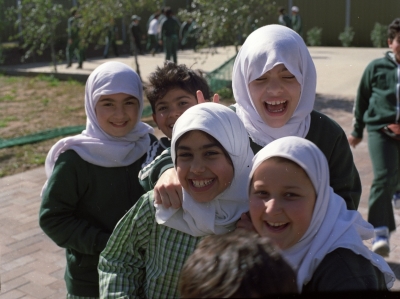
Silma and Siddiq Buckley are converts to Islam. They were instrumental in establishing the Nur Muslim Primary School in Greenacre … and its growth and development since. Ten years later, the school has 100 students …
‘There is a long waiting list. We just cannot meet the demand,’ we are told by Siddiq Buckley, now principal of the school.
Two decades ago, there were no Islamic schools in Australia. Today there are seven: three in Sydney, three in Melbourne and one in Perth. And the reason for this change is not just Muslim immigration.
There are more and more different types of school in Australia and more and more different types of cultural and curriculum offering: Jewish schools and Greek schools and fundamentalist Christian schools; performing arts high schools and technology high schools; selective schools and non-selective schools. We’re talking about a broad social change here, a change which has signalled the demise of comprehensive education.
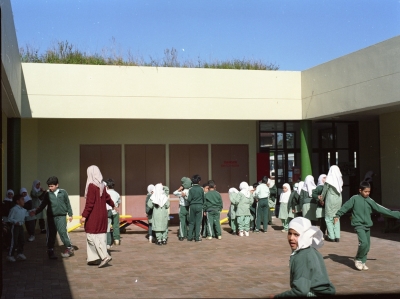
Gone is the local school with its neat geographical boundaries. Gone is the idea that all students should have much the same education as this is the path to social equity—giving all children a chance to play the same educational game. Now, there are principles of multiculturalism and the right to be different. Now, even in public schools, there’s market differentiation and touting for students.
After comprehensive schooling with its common curriculum for a mass culture, we have schools springing up everywhere that sell themselves on their difference. Even in the old public schools, we have diversified curriculum. With mass culture in retreat, we have a world of bewildering choice and ever more finely splintered subcultures …
‘We didn’t have any technical problems with the Department of Education. Local government was the biggest problem. There were always stumbling blocks—access, parking, noise. But the real reason behind the difficulties, which could never be stated, was that we were Muslim. The sort of informal comments we got were “we don’t want the PLO here” or “we don’t want a mosque here”, “we don’t want a little Lebanon here” … We lost the first case on drainage. Fortunately, we won the second one.’
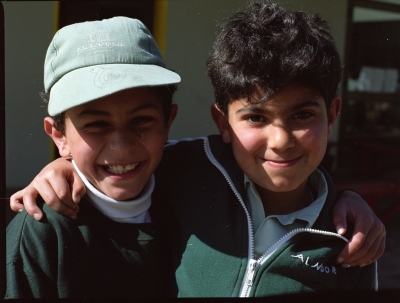
It was obvious to Siddiq Buckley that the drainage was an alibi for prejudice and discrimination. The court cases cost the fledgling school $50,000, money it could ill-afford.
‘To get around the objections with the council, eventually we had to go for the much more expensive option of a buried concrete structure, with soil a metre deep on the roof. This is the only underground school in Australia. Although we couldn’t really afford it, in some ways it’s ideal. It’s resistant to vandalism. It’s very quiet. And there’s a pretty constant ambient temperature all year round …
‘Even when we got the building through, the council put all sorts of restrictions on us. The kids can’t play in the garden at the front of the school. They can’t play on the roof. We can’t have a school bell. And we are only allowed two school functions per year—such as prize giving—outside of school hours. An Islamic association wanted to use the school for meetings at the weekend, but this is not possible. …’
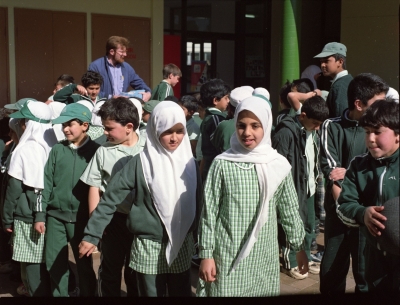
Curriculum and dealing with the Department of School Education were easier things than getting the building up, although these were not without their difficulties.
‘We had a difficulty with the Department of Education when it came to music and art. Islamic art cannot portray animals or people. It is not iconic. Also, under Islam, music is forbidden, except songs and some percussion instruments.
‘We make no distinctions here between sacred and secular subjects. All subjects are Islamic subjects.’
In a small classroom specially designed for the purpose, the children are all sitting on the floor, reading the Qur’an at little lecterns. This is the Qur’an class.
‘We have Qur’an study every day. The Qur’an is the last revelation of Allah, and has to be learnt in Arabic. Here, we teach the Qur’an traditionally. The children learn the verses by repetition, memorising the text by following the rhythms in reading. But we try to do more than this in the school, too. Sometimes Qur’an study involves learning the verses without understanding a word. The Arabic of the Qur’an is often a long way from the Arabic spoken today in many countries and communities. We also put an emphasis here on the students understanding the message.
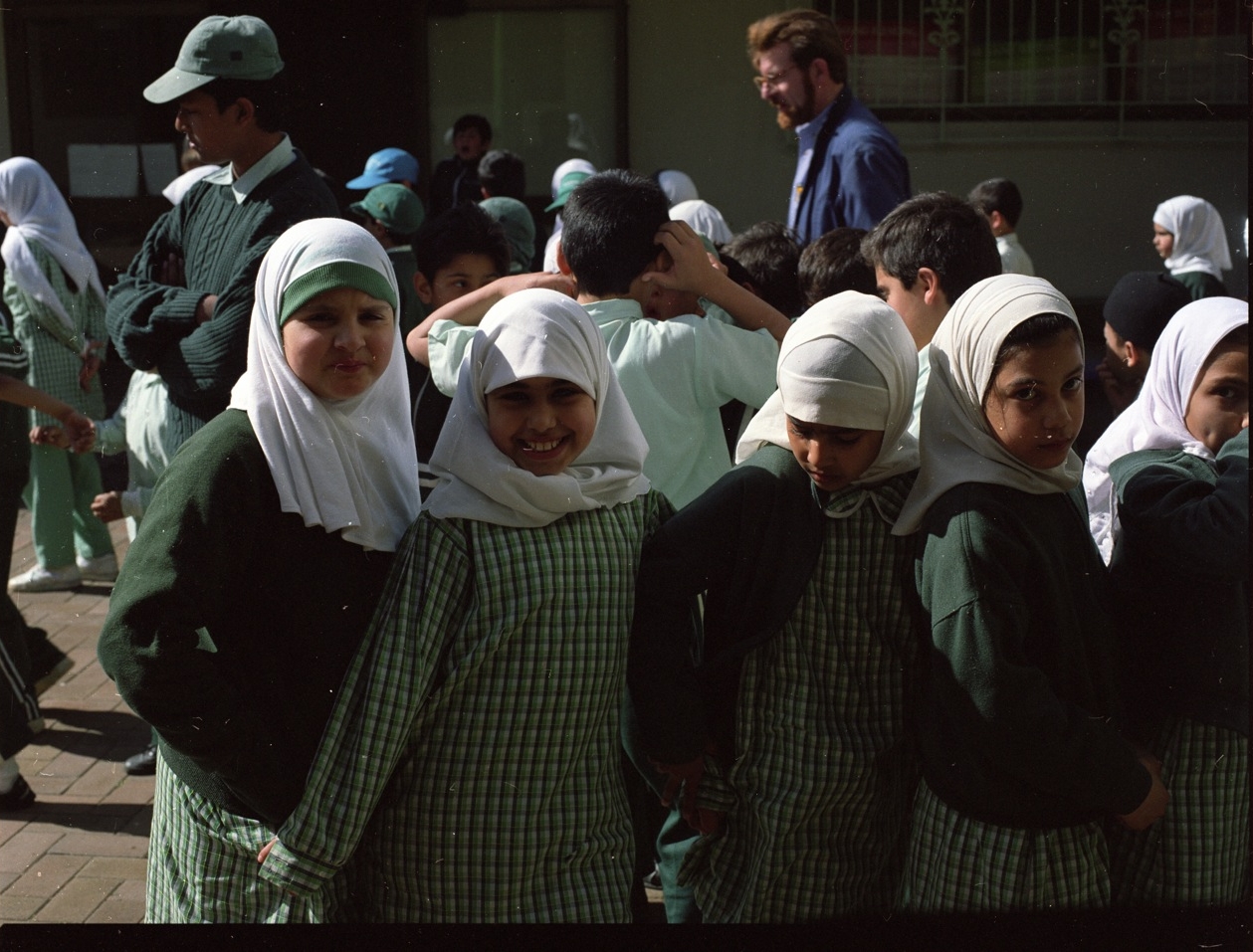
‘Sixty-five percent of our students—who come from countries and cultures from throughout the Middle East and Asia—have Arabic as a first language. The language of instruction in the school is English, and all students study Arabic language, too.’
Cultural autonomy and cultural integrity are the reasons why comprehensive education is not seen to be a suitable option for the parents who send their children to the Nur Muslim Primary School. Siddiq Buckley illustrated this with an anecdote from his experience as a parent.
‘When my daughter first went to Wiley Park Girls High School, I went to see the principal to discuss a number of things, including provision for prayers. One of the five prayers of the day is in school hours. I asked whether there was a room where the Muslim children could pray. He said that, even though a large proportion of the students in the school were Muslim, this was the first time he had encountered this request. Muslim parents just don’t feel adequate to bring these issues up with the school, and this is why our school is so important.
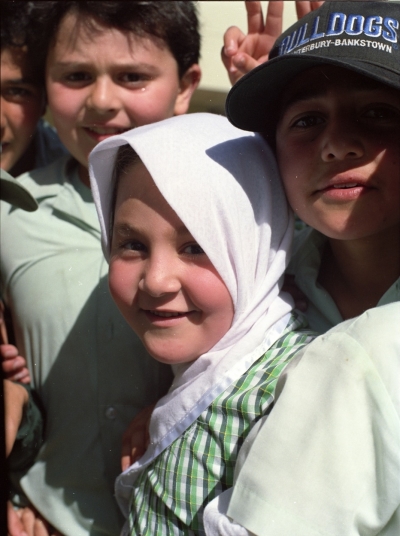
‘In contrast, parents feel comfortable with this school. They fear other, irreligious influences. There are three cultures for children in this country: the school, the home and the wider society. Much of the time, these are not going in the same direction. Having a Muslim school helps reduce some of these tensions. We’re fighting against the peer group. The best we can try to do is instil an Islamic identity in our kids.’
This view translates into a strong defence of culturally appropriate schooling, but also a defence of Australia as a country which allows and encourages—even if it comes with a struggle—cultural and educational diversity.
‘We are Muslims in this country and we have the right to have our own schools. Australia is the best Muslim country in the world. We have freedom. We have peace. We have a basically good government. In practical terms, you could hardly call the oppressive states of the Middle East Muslim countries. Islam is an egalitarian faith. To have a royal family ruling a country is not particularly Islamic. An Islamic government would be basically democratic, with leaders distinguished by their wisdom and their ability to give the best guidance.
‘Certainly, there are problems with Australian society, such as drugs, gambling and prostitution, and the government is legitimating these—take the safe sex campaign, for example. But we don’t want to be labelled as reactive. We’re very positive about Australian society and our place in it.’
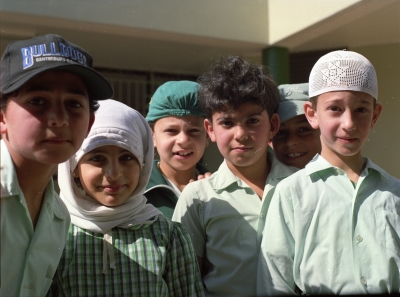
It’s lunch time on the clock. No bell rings, but the children run out on cue. It could be a schoolyard anywhere in Australia, except that it’s the courtyard of Australia’s only underground school and the brilliant green uniforms of the children are set off by the white of the girls and the often beautifully crocheted caps of the boys. The gum trees sway in the wind and the children play in the cool of the Australian shade.
This is Australia, the best Muslim country in the world.
Cope, Bill. 1993. ‘Schooling in the World’s Best Muslim Country.’ Education Australia:20–23.
